ROUTE:
4.35 km
DURATION:
2 hours 30 minutes
DIFFICULTY:
Easy
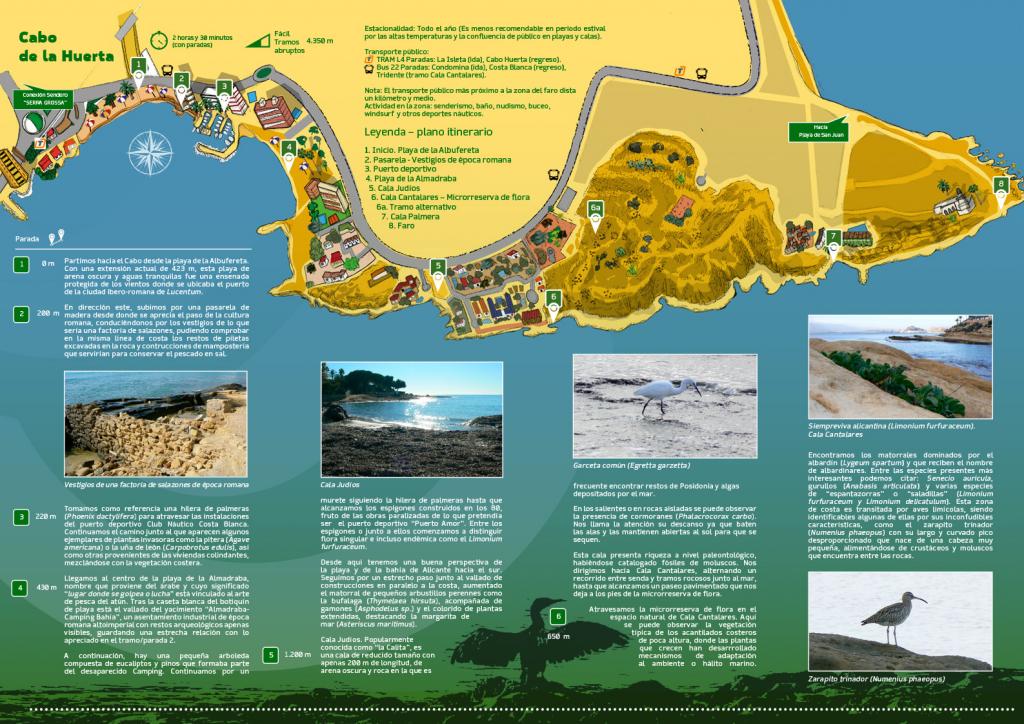
The ancient Cap de l’Alcodre
Cabo de la Huerta lies northeast of Alicante Bay, between the beaches of Albufereta and San Juan. Its name comes from the now-lost Alicante farmland, which was irrigated by water from the Monnegre river. After the Embalse de Tibi was built in the late 16th century, irrigation expanded using a system of canals, reaching nearby areas like La Condomina. However, this cape was originally known as l’Alcodre, from the Arabic al-kodra, meaning “the green,” which eventually evolved into its current name.
Geologically, the rocky substrate of the Cabo de la Huerta is composed of yellowish sandstones deposited about 8 million years ago (Upper Miocene) on a shallow marine continental shelf. They contain fossils of sea urchins and bivalves, with trace fossils being very common. Above the Miocene sandstones, horizontal layers of Quaternary micro-conglomerates can be seen in some areas. These are remnants of a marine terrace, considered a “fossil beach” from about 100,000 years ago.
Trail Stops
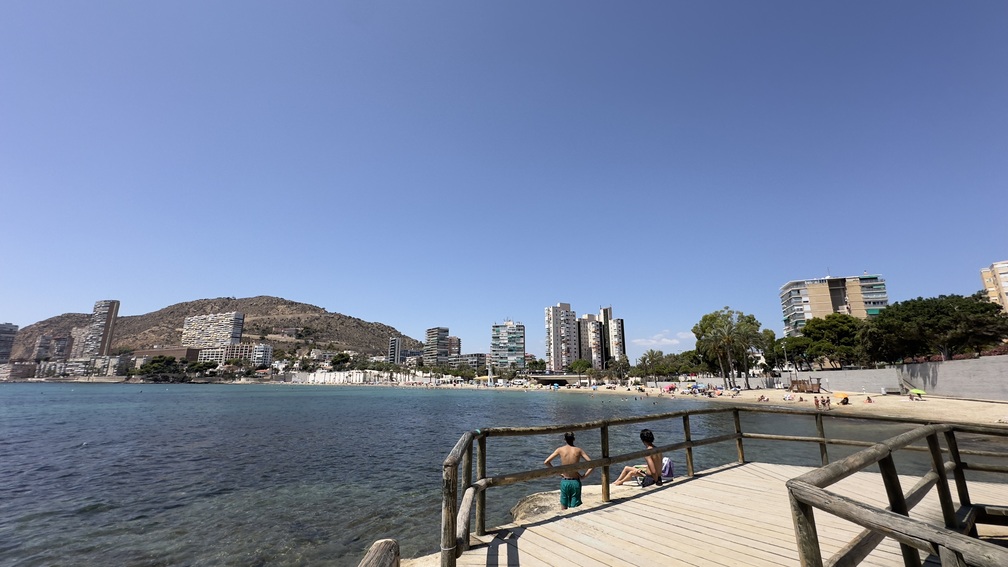
1. Albufereta Beach
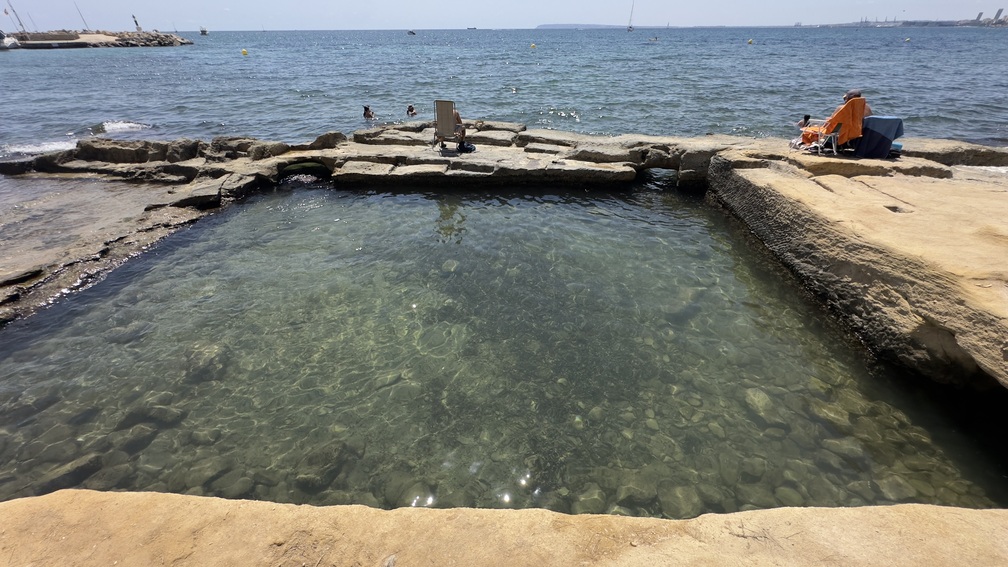
2. Remains from the Roman period
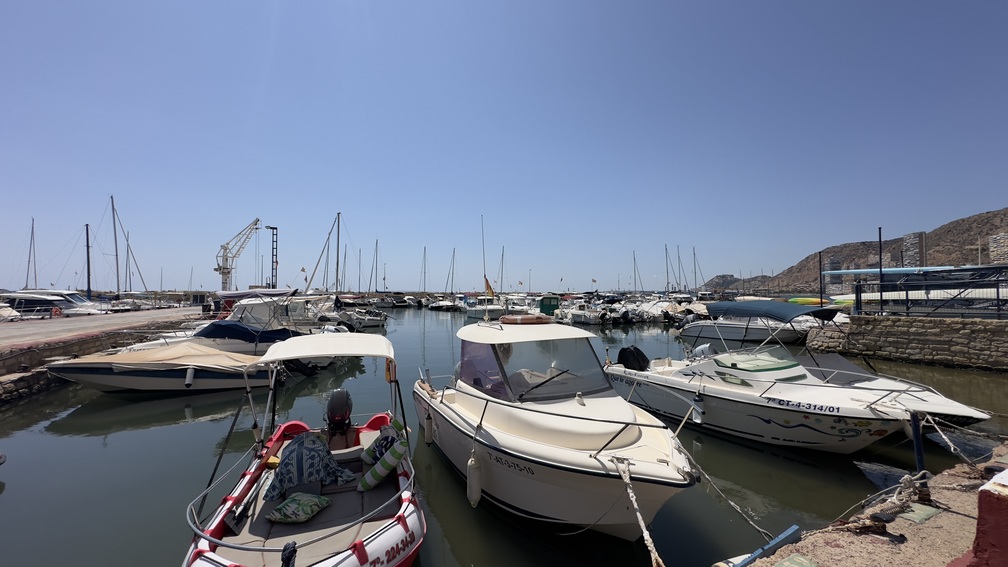
3. Marina
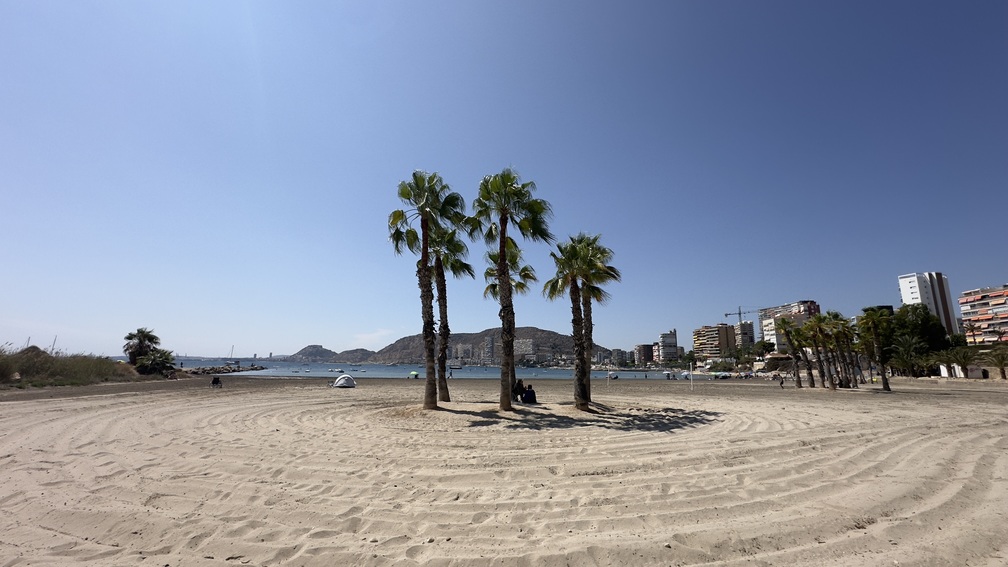
4. Almadraba Beach
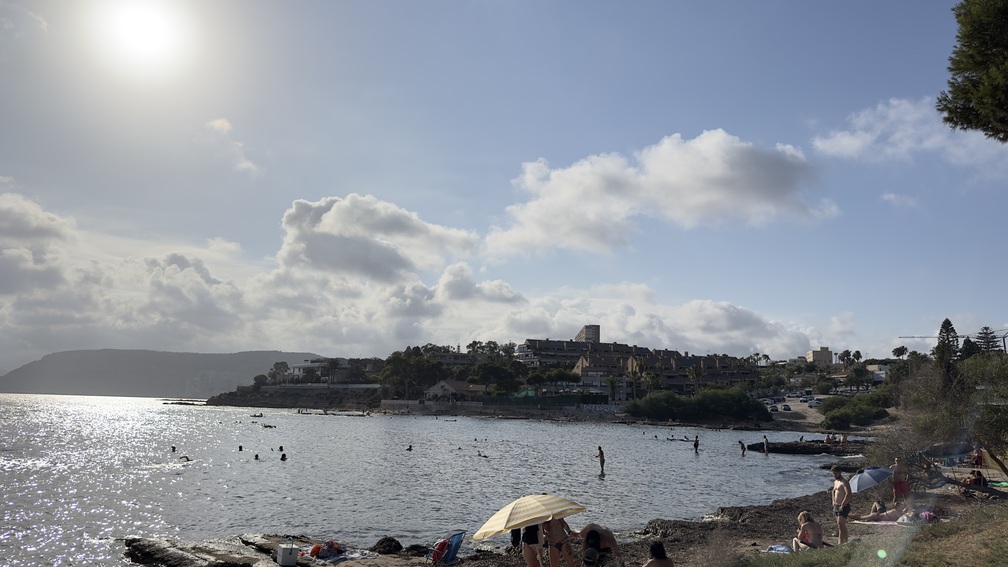
5. Cala Judios

6. Cala Cantalares
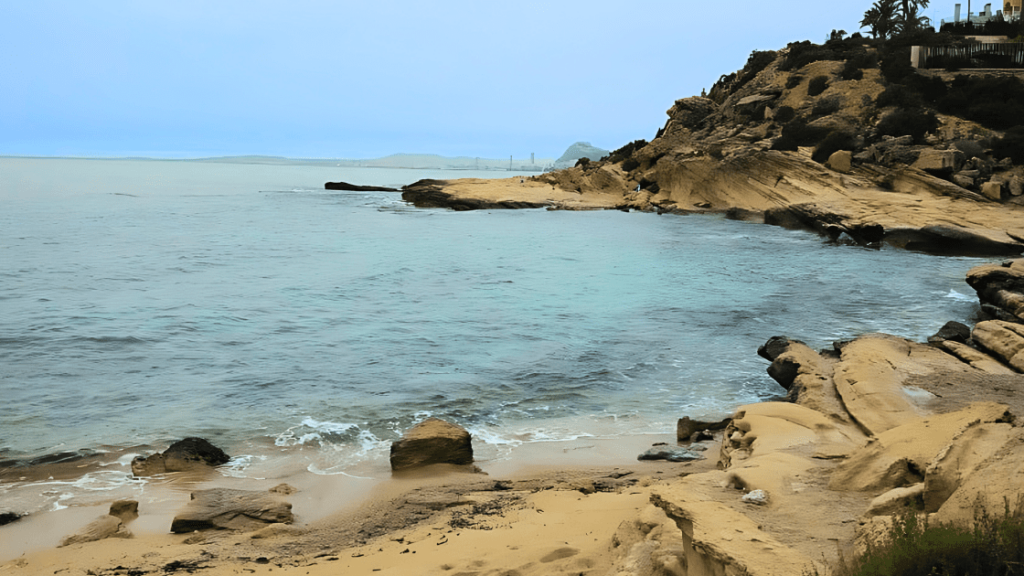
7. Cala Palmera

8. Lighthouse
All Routes in Alicante
Services that might interest you
|
AGUITUR
Tourist guides accredited by the Valencian Agency of Tourism Tourist guides accredited by the Valencian Agency of Tourism |
|
ALACANT CIRCUIT
Tourist guides accredited by the Valencian Agency of Tourism Tourist guides accredited by the Valencian Agency of Tourism |
|
BLUEMED TOURS S.L
SICTED Badge The Exquisite Mediterranean CREATURISME VALENCIAN COMMUNITY CULTURAL CRATURISME VALENCIAN COMMUNITY WINE TOURISM CONVENTION BUREAU ALICANTE ALICANTE WINE ROUTE Tourist guides accredited by the Valencian Agency of Tourism Languages: English, Spanish, French, Valencian |
|
Esatur XXI, S.L.
Distintivo SICTED ISO 9001 ISO 14001 ISO 27001 Tourist guides accredited by the Valencian Agency of Tourism Tourist guides accredited by the Valencian Agency of Tourism Languages/ Languages: English, Español, Valencià |
|
FREE WALKING TOURS ALICANTE
Tourist guides accredited by the Valencian Agency of Tourism Tourist guides accredited by the Valencian Agency of Tourism |
|
OXYTOURS
Guías de Turismo acredidatos por la Agencia Valenciana de Turismo Tourist guides accredited by the Valencian Agency of Tourism |
|
TRAMUNTANA AVENTURA
Q Certificate for Tourist Quality Sicted Certificate Tourist Guides accredited by the Valencian Agency of Tourism Tourist guides accredited by the Valencian Agency of Tourism |
|
TURIGUIAS
SICTED Quality Certificate Tourist guides accredited by the Valencian Agency of Tourism Tourist guides accredited by the Valencian Agency of Tourism |
|
ULA Guides
SICTED Distinctive Tourist guides accredited by the Valencian Agency of Tourism Tourist guides accredited by the Valencian Agency of Tourism Languages/ Languages: Deutsch, English, Español, Français, Italiano, Valencià, others |
| Alicante By Bike & Rentals Tours |
| Bike Rent in Alicante |
| Blue Bike | Rental & Tour |
| Rent Point- Rent Bike Alicante |
| Bikes&City Alicante – Alquiler, rutas |
| BLUE BIKE ALICANTE |
| ESATUR |
| SEGWAY ALICANTE |
| SIS TOURS EVENTS |
| TRAMUNTANA AVENTURA |
| AKRAVIBE |
| AVENTURERO CATAMARÁN S.L |
| ALICANTE RACING QUADS RENT |
| ALIJETSET |
| AWANA |
| BLUE VALLEY |
| CENTRO BUCEO ALTAIR |
| CLUB DE SURF EL MORENO |
| EPICALBOATS |
| ENERGY ACTIVE CLUB |
| FANAUTIC CLUB ALICANTE |
| HIKINGALICANTE |
| LLOGA UN LLAÜT |
| MARINA JETS S.L |
| OXYTOURS |
| PARASAILING ALICANTE |
| SIS TOURS EVENTS |
| TERRENODEAVENTURA |
| TRAMUNTANA AVENTURA |
| ALICANTE RACING QUADS RENT |
| OXYTOURS |
| TRAMUNTANA AVENTURA |
* Important Notice
The Alicante Municipal Tourist Board is not responsible for any changes that may occur in the contact details, schedules, locations of accommodations, restaurants, tourist service companies, and transport, as well as in the cultural facilities of the city. It is recommended to verify the information in advance.







